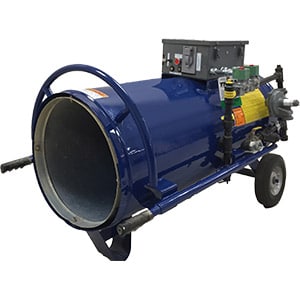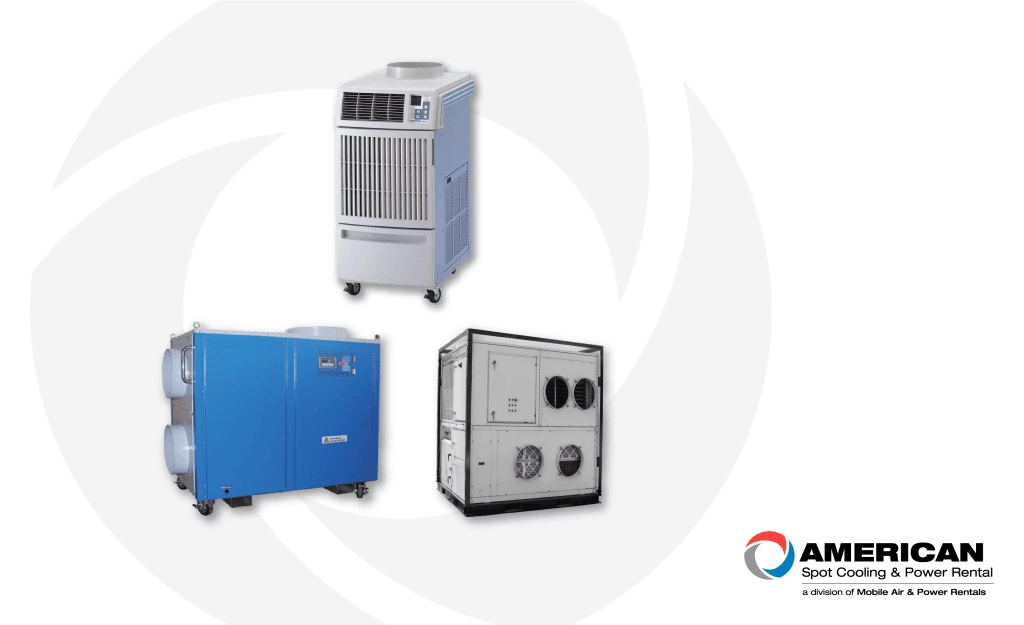As hurricane season ramps up, news outlets across the country are educating viewers on hurricane categories and something called the Waffle House Scale or Index. Understanding the potential danger and impacts a hurricane may have on a business and its operations is crucial for continuity planning. So, let’s take a deeper look at what the hurricane categories and Waffle House Scale mean for your organization.
As many are familiar, hurricanes are categorized on a scale with a rating of 1 to 5. This is also known as the Saffir-Simpson Hurricane Wind Scale. In short, the numbers represent the hurricane’s maximum sustained wind speed. Additionally, these categories give a good indication of potential property damage that may occur. However, the scale is focused solely on those wind speeds and does not take into account flooding, tornadoes, or storm surges that are a result of many hurricanes.
Here is a quick summary of the hurricane categories, wind speeds, and damage potential of each:
Category 1: Sustained winds of 74-95 mph, causing damage to roofs, siding, gutters, and fallen tree branches. Damage to power lines are likely to cause power outages that could last a few to several days.
Category 2: Sustained winds of 96-110 mph, causing major damage to roofs and siding, with uprooted trees and power outages that could last from several days to weeks.
Category 3: Sustained winds of 111-129 mph, causing damage and potential removal of roof decking and gables, uprooted trees, and outages to both power and water for several days to weeks after the storm.
Category 4: Sustained winds of 130-156 mph, causing catastrophic damage to homes and businesses. With power poles snapped or downed, power outages will last weeks to months, making areas uninhabitable during that time.
Category 5: Sustained winds of 157 mph or higher, causing catastrophic damage to homes and businesses. Many homes and businesses facilities will be destroyed, with roof failures and wall collapses being a common occurrence. Power outages will last for many weeks and potentially for months as the area will be uninhabitable.
Moving on to a less scientific, but always interesting way to determine the impact a hurricane may have. The Waffle House Index or Scale, is named after the 24 hour breakfast chain. Invented by a former FEMA director, this scale determines the severity of the storm on whether or not the Waffle House in the area is open. The scale is color based, with red, yellow, and green as indicators.
As Craig Fugate, the inventor, states “If a Waffle House is closed because there’s a disaster, it’s bad. We call it red. If they’re open but have a limited menu, that’s yellow.” A green color indicates that the restaurants in the area are fully functional. This informal method, because of its simplicity and relatability, gains attention each hurricane season.
As a business with critical operations and continuity plans to consider, the Waffle House Scale and Saffir-Simpson Hurricane Wind Scale can both help you determine the impact the storm will have. As we have learned, many hurricanes will cause power outages and can damage HVAC equipment.
Our team specializes in natural disaster and hurricane relief efforts to avoid or minimize any downtime and disruptions. With locations throughout hurricane prone states and cities nationwide, Mobile Air & Power Rentals has a fleet of temporary cooling, heating, dehumidification, and power solutions to help prepare for and respond to hurricane related needs. Our 24/7 emergency response services can have a team working with you quickly, reducing downtime and financial losses.
Starting to prepare for hurricane season? Have questions about how we can help be an extension of your team during a disaster? Contact us today or call 888-921-4918 to discuss your specific needs.




